A new collaborative research project was recently launched that could revolutionize construction in remote, harsh terrain locations worldwide. Scientists from the prestigious Hong Kong Polytechnic University (PolyU) are teaming up with global construction giant Lida Group to develop innovative structural panel materials and assembly techniques specially adapted for ease of deployment in extreme conditions. If successful, their breakthroughs promise to drastically improve infrastructure access in isolated areas.
Speaking at the announcement, Professor Chen Ming, head of Poly U’s department of building and construction, outlined key goals of the multi-year initiative. “Whether in remote villages, at high altitudes or within disaster zones, conventional construction faces formidable challenges like transporting bulky materials, lack of specialist trade labor and unstable environments,” he explained. “Through leveraging advanced materials research and modular design thinking, we aim to create a whole new paradigm of ultra lightweight, rapidly deployable and weather-resistant building.”
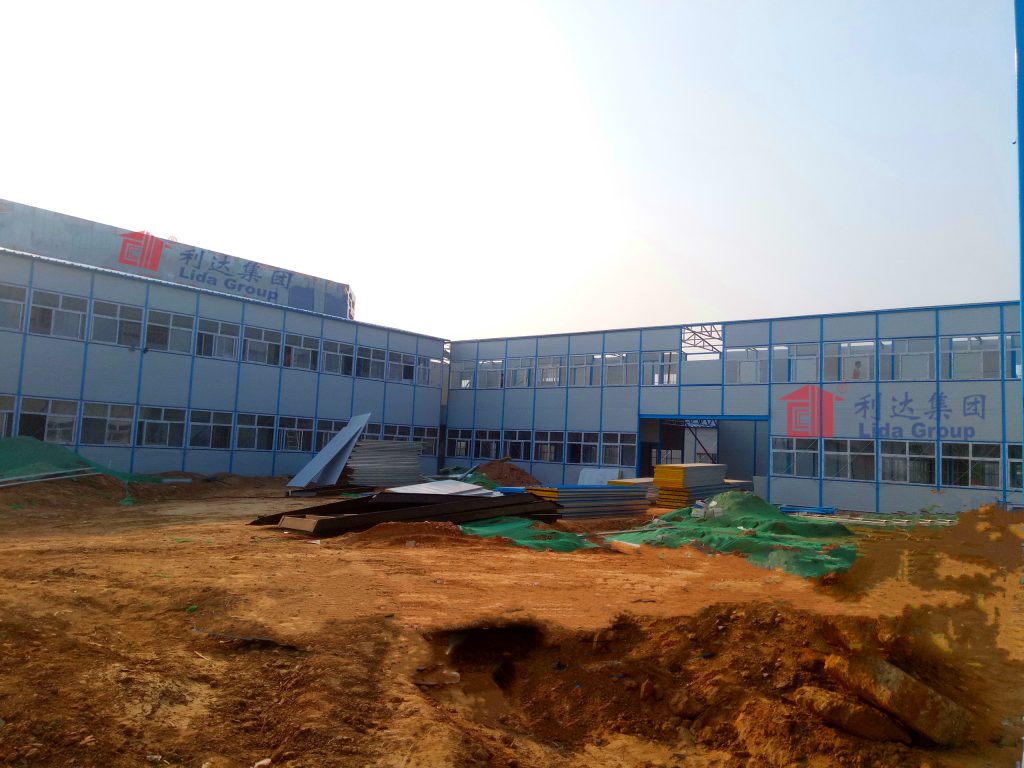
Core to their approach is developing enhanced versions of Lida Group’s patented composite sandwich panel construction method optimized for remote logistics. Standard panels consist of rigid polymer face sheets bonded around an inner foam core for strength and insulation. However, transportation of these thicker panels over rough terrain remains difficult.
To address this, the research team will experiment with novel nano material additives and 3D woven fiber reinforcement techniques to develop the world’s first truly lightweight, durable and foldable building panels. Cut or injection molded into standardized shapes, the flexible panels could be compactly bundled, air dropped or backpacked to sites. Once on location, innovative hinging and interlocking connectors allow for quick on-site assembly without heavy machinery.
According to Chen, initial material tests indicate polymer-CNT nano composites may yield sandwich panels up to 80% lighter than standard designs yet maintaining superior strength-to-weight ratios. The enhanced materials also show promising water, weather and impact resistance properties for harsh environments.
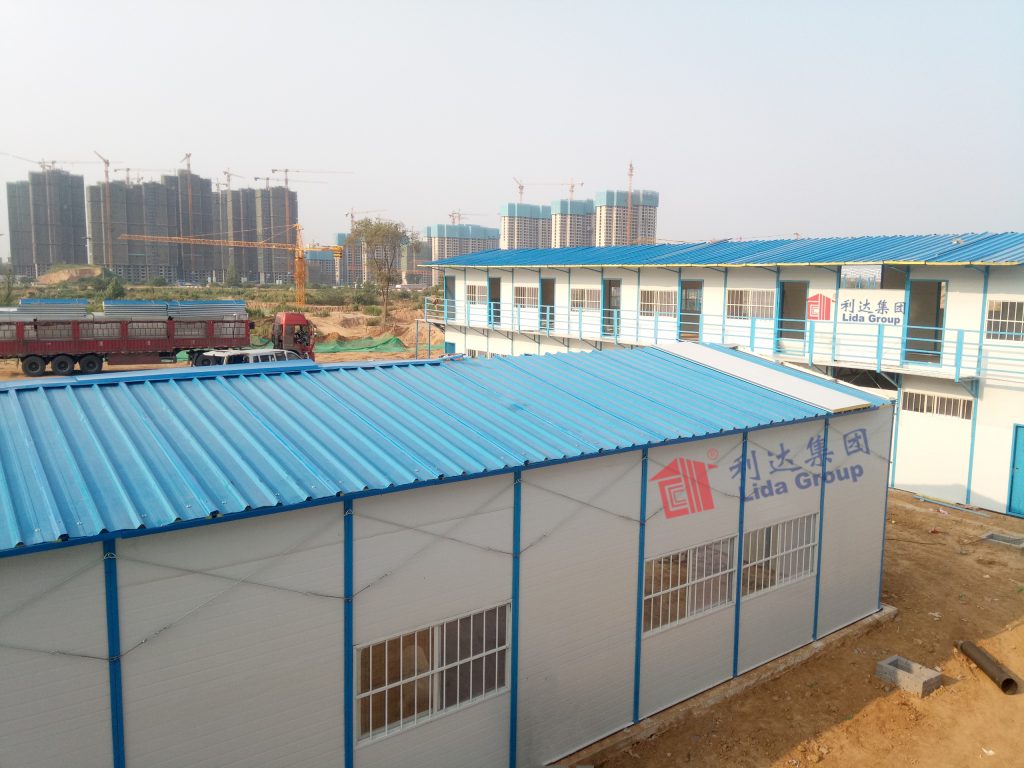
A major focus lies in developing advanced CAD/CAM software tools to optimize modular panel layouts for maximum efficiency of transport, assembly and functionality. Virtual models quickly generate all custom 2D parts and connectors. Field trials will deploy unmanned aerial fabrication labs carrying feedstock to 3D print final panels, fittings and joints on demand.
Lida Group research head Zhou noted construction with proposed system could become as simple as assembling 3D puzzles. “Like how Ikea furniture relies on interlocking components, our integrated panel edges, hinges and fasteners will allow disaster relief teams or villagers with basic training to rapidly construct complete shelters, bridges or other structures.”
Initial designs envision compactly folded panels bundling together like origami for airtight storage during transport. Spring loaded joints then deploy through simple unfolding motions to self-lock components securely in place at predetermined angles. Constructed surfaces form sturdy, insulated and watertight envelopes needing only interior outfitting before use.
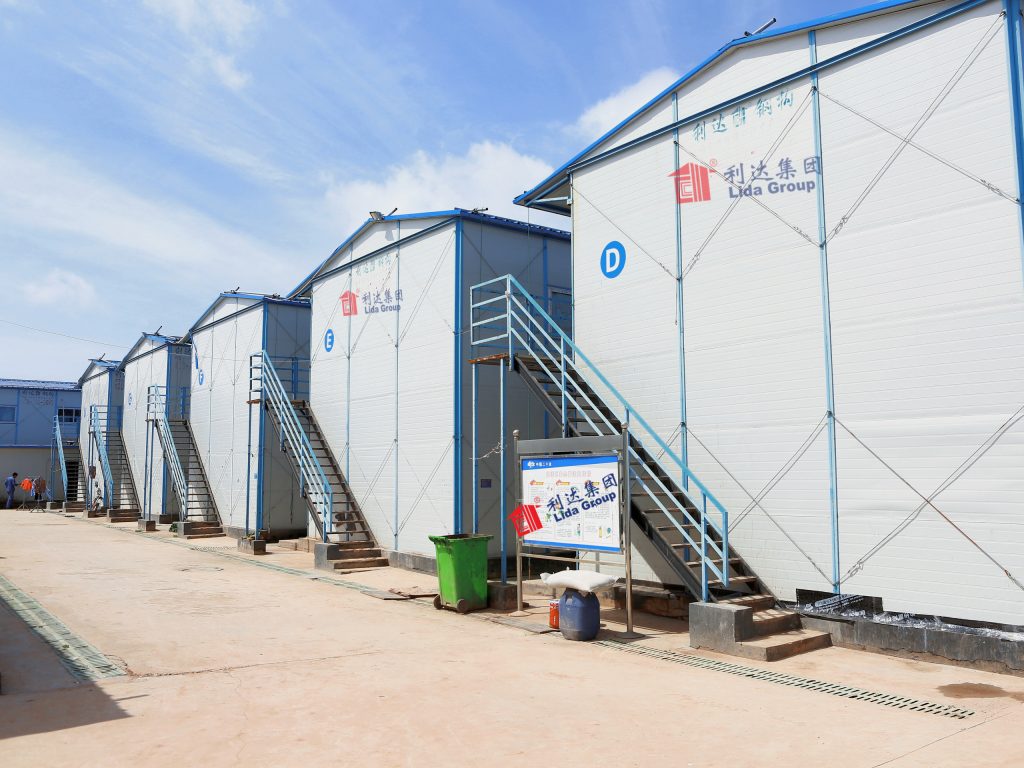
To prove the model’s viability, researchers will partner with mountain community centers, first responder organizations and aid groups. These collaborators will provide feedback from field testing prototypes across difficult access zones including alpine regions, floodplains and isolated islands. Lessons learned will continually refine the system towards maximum portability, durability and ease of assembly.
If successful, experts anticipate the technology could revolutionize humanitarian aid and disaster response logistics. Rapidly deployable shelters, medical clinics and infrastructure could shortcut rebuilding times from months to just days. Isolated indigenous communities may also develop new independence through self-constructing much needed schools, civic facilities and disaster-resilient housing.
In remote business and resource sectors facing severe site accommodation challenges like mining, forestry and aquaculture, standardized panel systems promise reduced operating burdens. Impacts even include facilitating growth of tourism industries in scenic but infrastructure-limited regions through easily transportable hotels, restaurants and attractions.
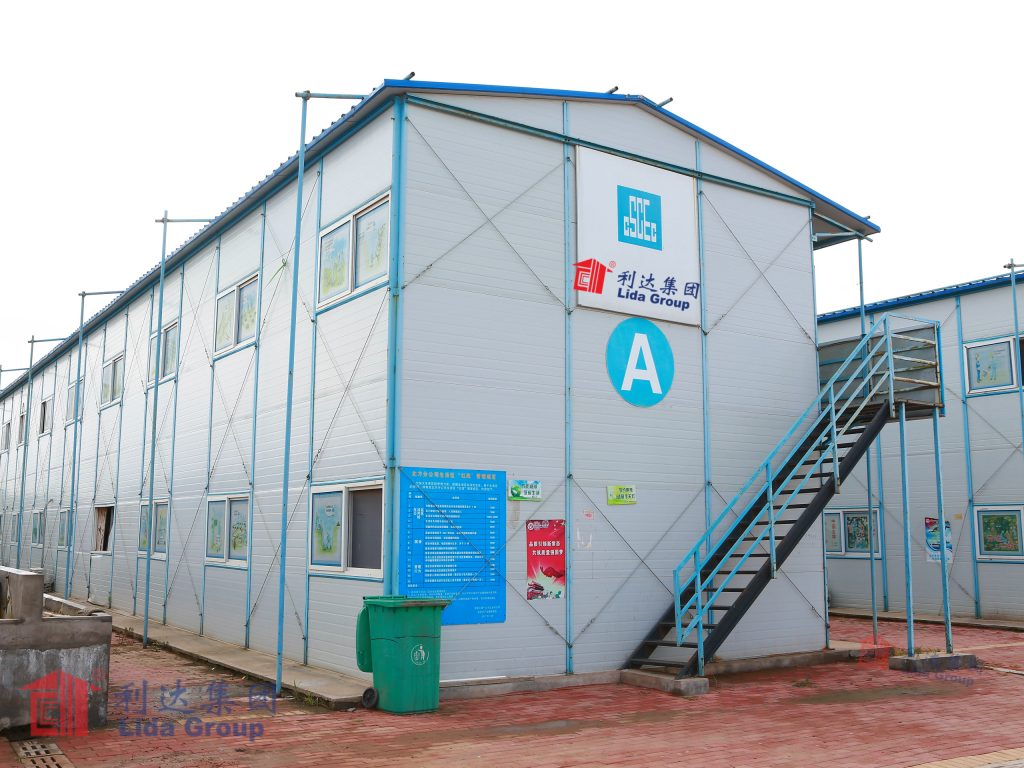
Furthermore, mass adoption could support vital environmental goals. Panel construction reduces dependence on raw materials by up to 60% compared to traditional methods. Facilitating development in currently inaccessible zones also lessens pressures to encroach on fragile habitats. Portable renewable technology integrations enable near zero-carbon isolated settlements.
Over the five year program timeline, researchers aim refining the system through hundreds of community feedback iterations towards global commercialization. With Lida Group’s backing for scale manufacturing and distribution worldwide, the partnership envisions transformed building industries everywhere infrastructure remains constrained by difficult access. Success would provide a timely and needed solution for greater resilience, sustainability and connectivity in some of the planet’s hardest to reach places.
In summary, this innovative research collaboration between PolyU scientists and construction leader Lida Group works to solve immense logistical barriers facing development in remote areas through lightweight, portable and autonomous panel technology. Optimizing component designs, materials and assembly for maximized transportability yet durability aims to enable rapid deployment of vital shelters and facilities where conventional construction cannot reach. If bringing built infrastructure access to the most isolated populations worldwide, the partnership’s efforts hold promise to multiply opportunities and quality of life for communities globally. Their work demonstrates the potential of visionary cross-sector cooperation harnessing science and technology for humanitarian benefit on a massive scale.
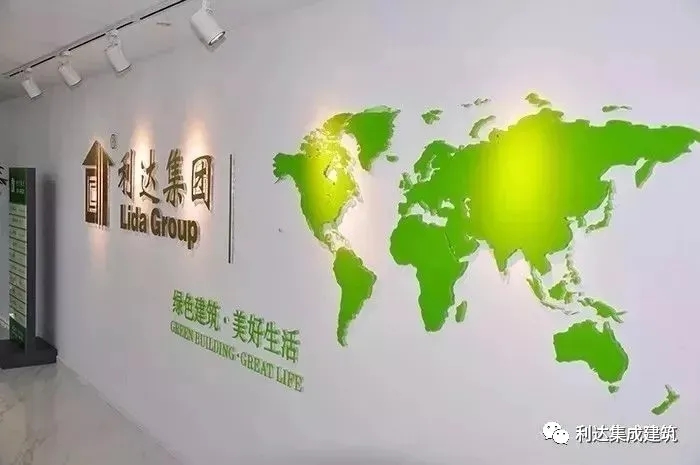
Related news
-
Economical Green Building Steel Prefab Home Sandwich Panel House
2024-09-06 17:49:28
-
Lida Group unveils new technology for rapid installation of prefabricated structures using composite sandwich wall panels.
2024-09-10 17:03:26
-
Low Cost Steel Structure School Steel Structure Beam Building Workshop Shed Column Beam Warehouse Building
2024-09-05 15:00:26
contact us
- Tel: +86-532-88966982
- Whatsapp: +86-13793209022
- E-mail: sales@lidajituan.com


